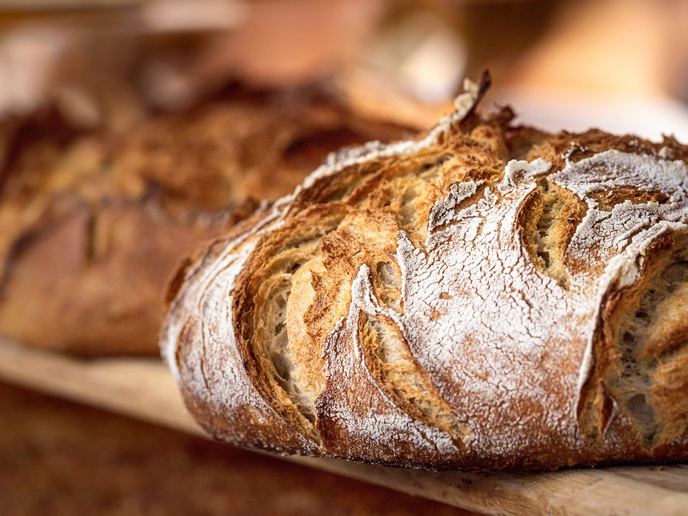What forces hold centrosome in place?
CS is an organelle serving as the main microtubule (MT) organising centre of the animal cell. It determines the distribution of the MT cytoskeleton and the position of many organelles within the cell. Two mechanical processes – pushing or pulling forces can possibly affect CS localisation. The CENTROSOME POSITION (Mechanism of centrosome positioning in HeLa cells) project performed studies to determine whether the dominant force is pushing or pulling. To achieve this understanding, scientists directly perturbed the force balance on the CS by severing MTs via laser ablation. The CS displacement resulting from the cut was observed and recorded using state-of-the-art microscopy. In all analysed cells, CS moved away from the ablation area, indicating pulling as the dominant force acting on this organelle. Customised in-house software was used to track CS displacement after the cut. The movement after the ablation was slower than expected for a free object bound to a MT. Scientists explained the delay with the weight of the nucleus bound to the CS. The fact that CS was displaced toward the regions more rich in MTs indicated that the force is also MT-number dependent. A video(opens in new window) of a single cell undergoing laser ablation and CS shifting provides a clear demonstration of these forces in action. The results showed that the dominant force involved in centrosome positioning is pulling and suggested that no other forces were involved in this process. CENTROSOME POSITION project obtained important information regarding the forces holding CS in place. CS aberrations in cancer and other diseases could be rectified with better knowledge of such processes.







